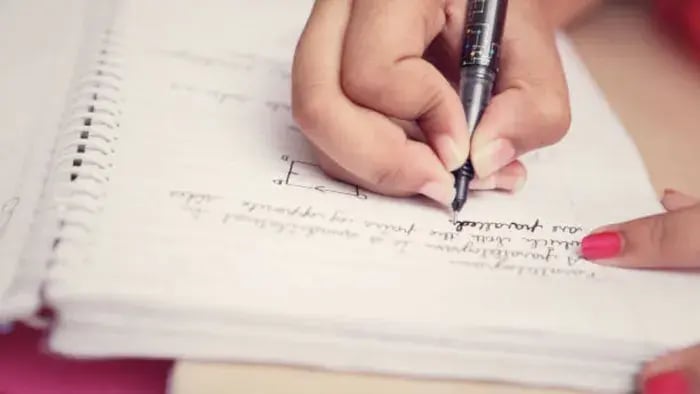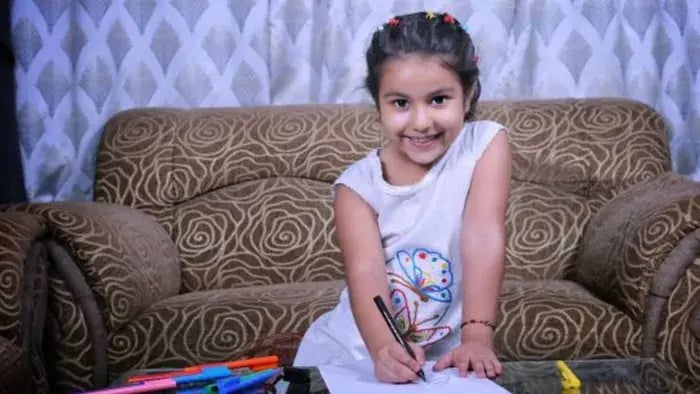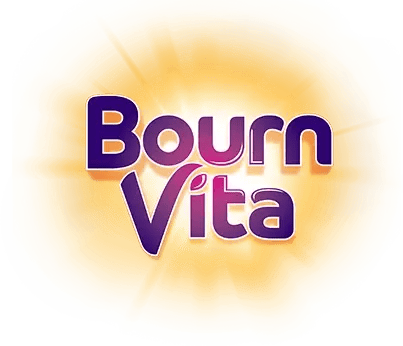- Fill-in-the-Blank Sentences
- Error Correction Paragraphs
- Article Transformation Drills
- Create-Your-Own Sentences
- Reading and Article Highlighting
Introduction

Strong language skills develop through practice, and one of the easiest ways to achieve this is by working with articles, words like "a," "an," and "the." While they may seem small, they play a big role in clarity, accuracy, and flow in writing. For students, mastering articles not only strengthens grammar but also focuses by making them pay attention to details.
Exercises around article usage do more than polish language. They train the mind to notice patterns, think critically and apply rules in real time. For young learners, this means building a foundation that supports better communication in schoolwork and beyond. For older students, it sharpens writing, reduces mistakes and boosts confidence in expressing ideas.
Adding focus-building techniques to grammar practice turns simple drills into powerful learning tools. Whether it’s filling in blanks, correcting sentences or creating your own examples, the process keeps the brain engaged while reinforcing correct usage. Over time, this combination of grammar and concentration practice helps learners develop accuracy, patience and sharper thinking skills that apply to all areas of study.
5 Practical Exercises for Articles and Focus

Learning how to use a, an, and the may look simple, but articles are often where students struggle most. Skipping them, overusing them, or placing them incorrectly can make sentences unclear. At the same time, articles are small details that require careful attention, so practicing them trains the mind to slow down and think. That’s why article exercises strengthen focus, patience, and the ability to notice details.
By combining grammar rules with practical tasks, students can improve accuracy while developing concentration. These exercises go beyond worksheets and memorization. They invite learners to engage with language, think critically, and apply rules with purpose.
Fill-in-the-Blank Sentences
This exercise looks simple, but it is one of the most effective for building grammar accuracy. Sentences like (Dash) umbrella is useful in the rain or He found (Dash) old coin on the ground make learners pause and decide which article fits the situation. The key benefit is that it slows the reading process, forcing students to pay attention to word sounds (a book vs. an apple) and whether something is general or specific (a car vs. the car we saw yesterday). Parents and teachers can make this more engaging by turning it into a timed activity, where students must complete a set of sentences carefully but quickly. This builds not only grammar skills but also the ability to stay focused under gentle pressure.
Error Correction Paragraphs
Give children a short paragraph filled with mistakes in article usage, like She saw an elephant in the zoo. The sun is shining in the sky. Their task is to carefully re-read and correct errors. This activity helps kids to strengthen their habit of proofreading, and it improves both writing and reading skills.
For teens, you can raise the challenge by adding more subtle errors, such as misplacing where it isn’t needed (She loves the music vs. She loves music). Correcting such mistakes requires critical thinking and develops attention to detail. Over time, students begin to notice these small errors naturally in their own work, which builds independence and confidence in writing.
Article Transformation Drills
This exercise helps learners understand how articles change meaning. Start with a sentence like I saw a bird in the tree. Then ask the student to rewrite it as I saw the bird in the tree. Discuss how the first sentence means any bird, while the second points to a specific one.
By practicing multiple examples, students learn that articles aren’t just “extra words” but tools that shape clarity and precision. The process of comparing and rewriting also keeps the brain engaged. It’s a gentle way to develop patience and analytical thinking, as learners must read, reflect, and then apply the change thoughtfully.
Create-Your-Own Sentences
Encouraging students to write their own sentences is one of the best ways to strengthen grammar. For instance, ask them to write five sentences each using a, an, and the. They might say, I saw a cat in the garden, or She bought an ice cream from the shop. The challenge lies in not just using the word but building a meaningful sentence around it.
This task enhances focus because learners must slow down and think carefully. They need to decide whether the situation is general or specific, whether the noun begins with a vowel or consonant sound, and how the sentence flows. It also brings in creativity, as children can write sentences about their school, hobbies, or even favorite movies, making the exercise feel less like a rule and more like self-expression.
Reading and Article Highlighting
Hand students a short passage from a story, article, or even their schoolbook. Ask them to highlight or underline every use of a, an, and the. Once done, review together why those articles were used in each place. For example, why do we say the moon but a star? Why do we use the teacher but a student?
This helps to build focus because learners are actively looking for patterns instead of reading passively. It also connects grammar to real-world usage, showing that articles aren’t just classroom lessons; they appear in everything we read. With regular practice, students start spotting article use naturally in newspapers, storybooks, or even conversations. This habit sharpens both grammar sense and concentration in everyday learning.
Conclusion

Practising articles may seem like a small step, but it shapes both language and thinking skills. Exercises like filling blanks, correcting paragraphs, rewriting sentences, creating original examples, and highlighting articles in reading material provide structure while keeping the mind active. For children and teens, these activities improve grammar accuracy and strengthen focus at the same time. By paying attention to something as small as a, an, and the, learners build the patience, observation, and confidence that carry over into all areas of study and communication.
Her love for storytelling began with reading her grandfather’s speeches, where Tarishi saw the power of words in creating lasting memories. Combining her passions for food and writing, she has turned her life into a fulfilling path of sharing stories that celebrate flavours and how food brings communities together.
The views expressed are that of the expert alone.
The information provided in this content is for informational purposes only and should not be considered a substitute for professional medical advice, diagnosis, or treatment. Always seek the advice of your physician or another qualified healthcare provider before making any significant changes to your diet, exercise, or medication routines.
















